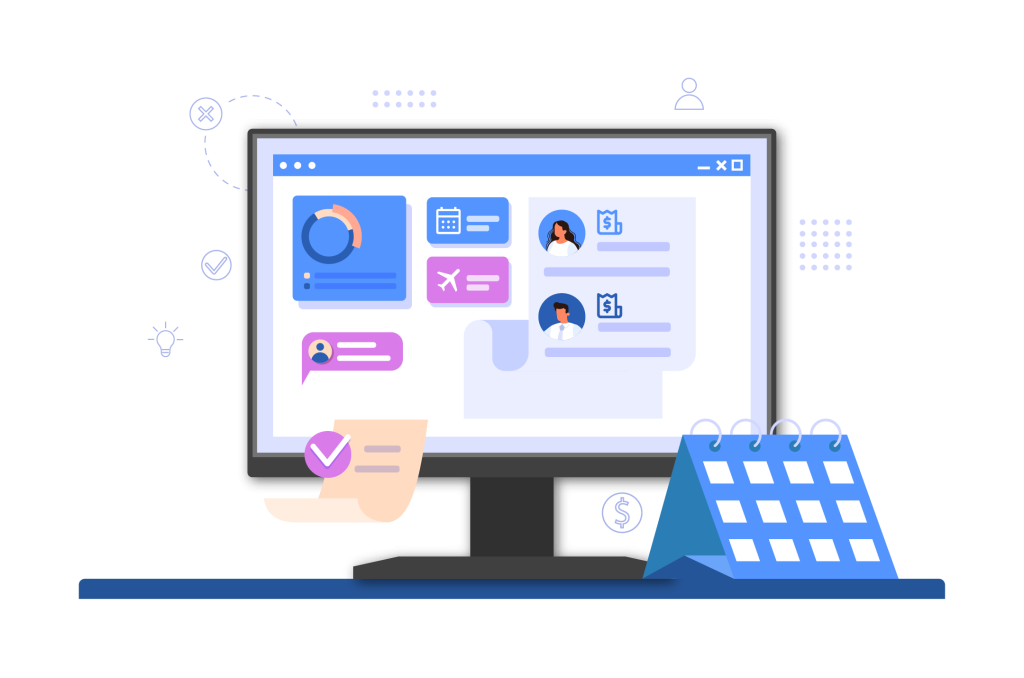Don’t let your superheroes
slip away. Reduce
attrition by 85%
Replace the appraisal, feedback awkwardness with delightful goal conversations through our world’s 1st single-screen Performance Management System
3x
ROI
150+
days saved
31%+
productivity

Fifth
The app is single screen and super agile in terms of goal setting, cascading, and goal periods. It has helped convert our yearly review process into a continuous one. The conversational nature of performance and intuitive feedback features has improved the adoption rate.
– Alokik K, Mindler

Fourth
A game-changer for any organisation looking to foster employee collaboration, productivity, and innovation. System is designed to be flexible and adaptable to the organisation’s needs. It creates a platform for regular check-ins and feedback sessions between managers and employees, keeping everyone aligned and on track towards achieving their objectives.
– Hem L, Acutax

Third
We found their unique design approach created a positive impact of having regular performance conversations. An agile interface that allows Managers to review progress and do quick performance conversations, on daily basis, while on-the-move is game-changing
– Srinivas M, Exprs

Second
One of the key strengths of this system is its user-friendliness. The single screen approach of PossibleWorks is a design innovation. It helped us boost user adoption.
– Sandeep M, Interface Matters

First
Highly versatile PMS with a wide range of customisable tools and features. Whether you’re a small project team or a mid size firm with multiple departments, this system can handle it all
– Gowtham C, Acuflex
Fuelled by last minute feedback forms and excel sheets, your performance processes are leaving employees unheard and unhappy.
The current appraisal system is a parallel system in addition to day-to-day work and a burden to employees.
We can help fix that.
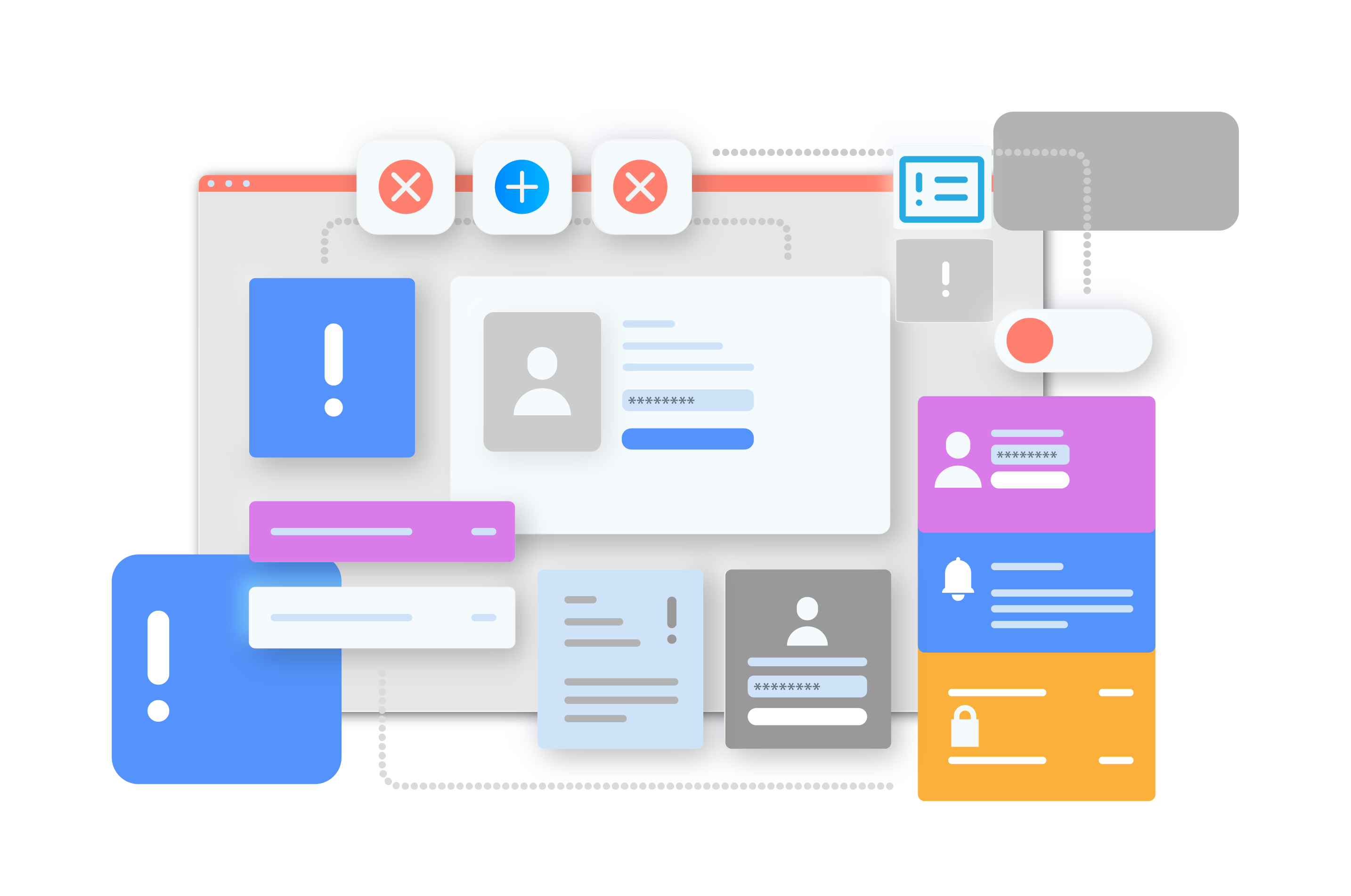
Power business growth, drive high performance
- Make your line managers better people managers with better people insights
- Build future leaders based on behavioural and functional insights
- No more awkward performance or feedback conversations, no year-end disgruntlement
- No more surprises at year-end, make performance measurement agile and improve productivity by 31%
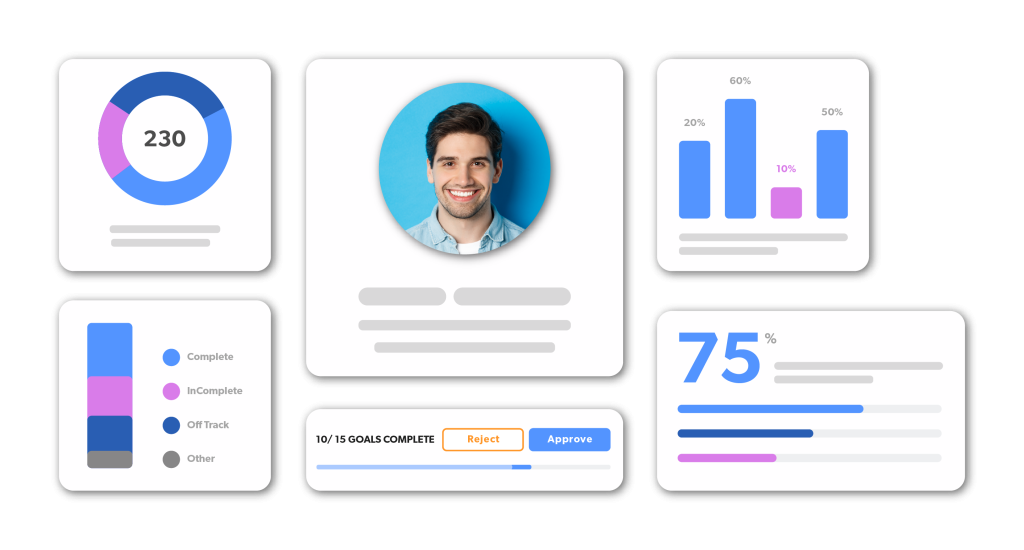
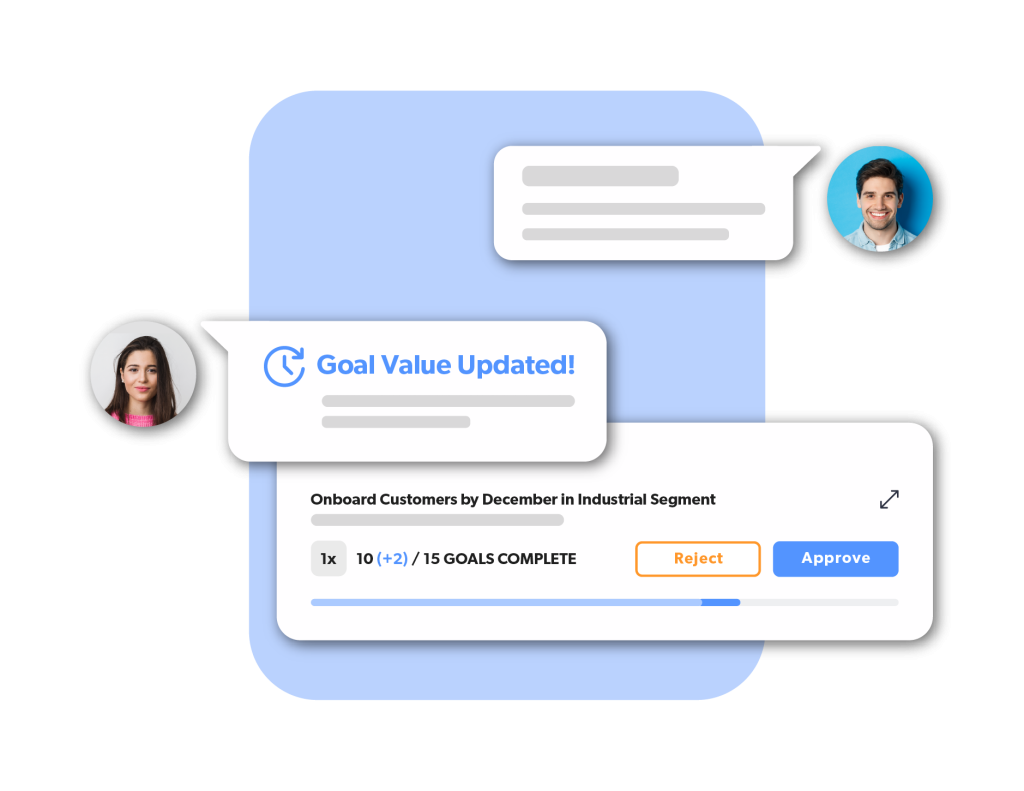
We are not yet another HR chat bot
- Imagine work tech flow as conversations & commitments between co-workers in a single screen
- Needs no user training and improves end-user adoption by 80%, and response times
- Talk to us to see how our design innovation drives productivity & better ROI of your entire HR-Tech
Free up time and resources that you are currently spending on
- Laborious and excel sheets for goals, feedback, and annual appraisal processes. Save 150+ man days of valuable team time
- Searching for valuable past performance or other feedback data due to misplaced XLs
- Following up employee adoption, pending actions
- Building scripts, reports, and dashboards for people insights. Use our people analytics and insights for faster decision making
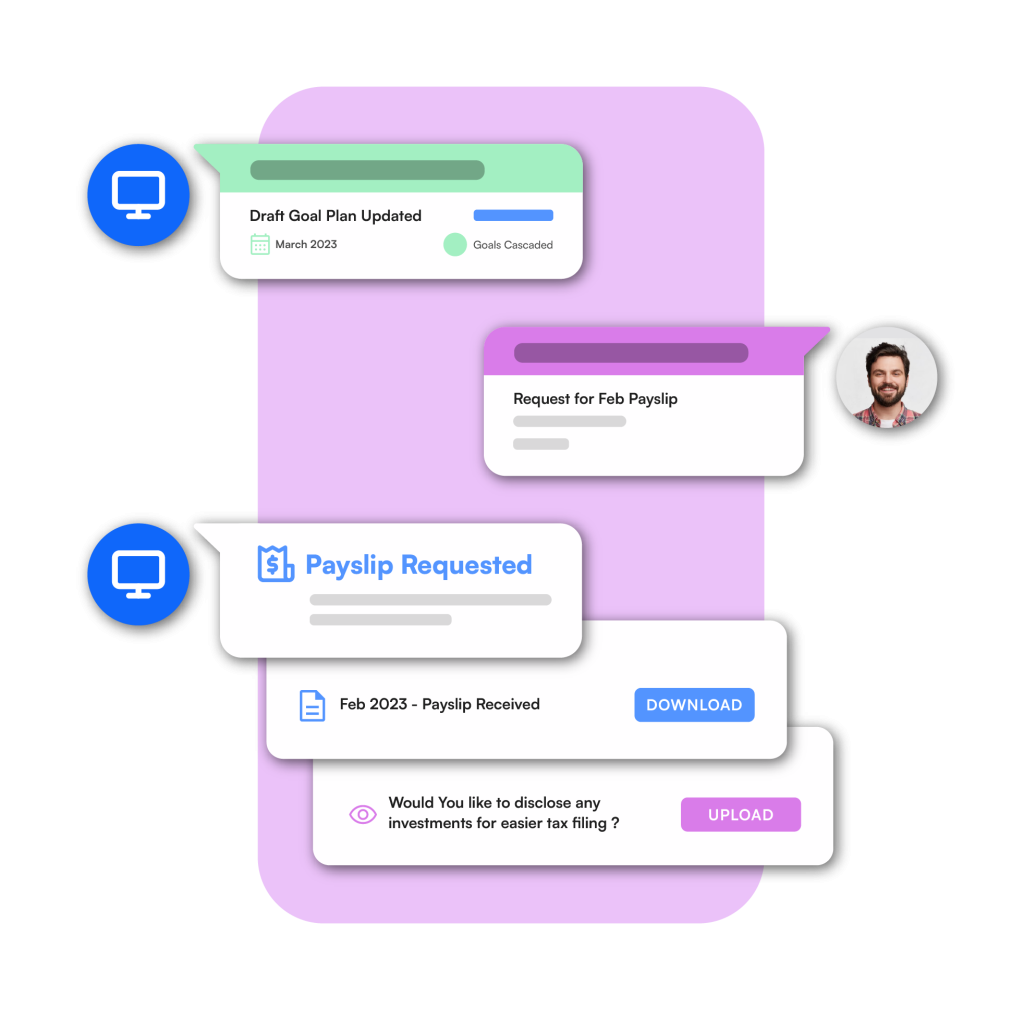
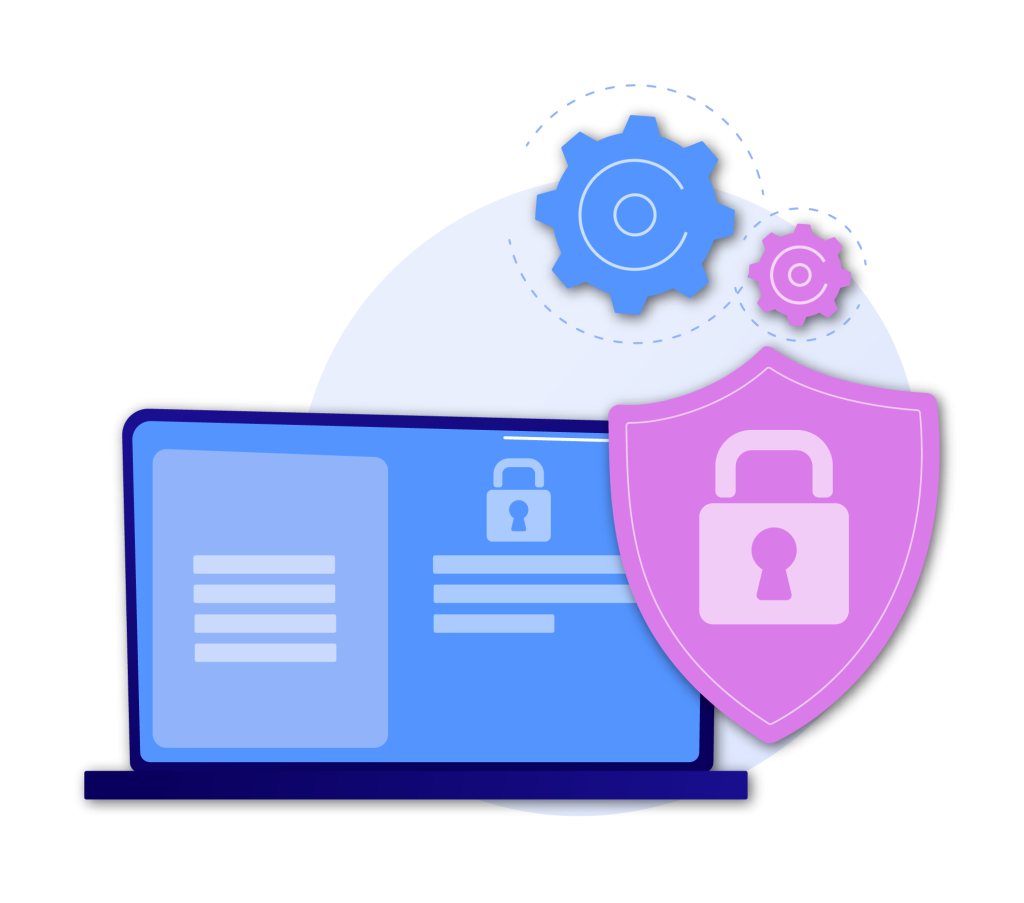
Data security is our highest priority
- Ensure that only authorised users have access to the application through MFA and SSO
- Audited and certified by SOC1, SOC2, and ISO 27001, and compliant with the European GDPR
Here’s how it works:
Analyse your existing performance and feedback processes and painpoints
Develop a tailored solution on our platform that achieves the outcomes you need
Finish the required setup to prepare the interface your employees will love to use
Get your team the platform they need to level up your performance processes

State of HR Tech 2023

Help that goes above and beyond
- We’ll understand your existing performance workflows, and major pain points to customise the application accordingly
- Our support team will touch base regularly to see how you’re progressing towards your outcomes and receive feedback
- We’ll keep you notified on new updates, partnerships, and solutions that may be beneficial
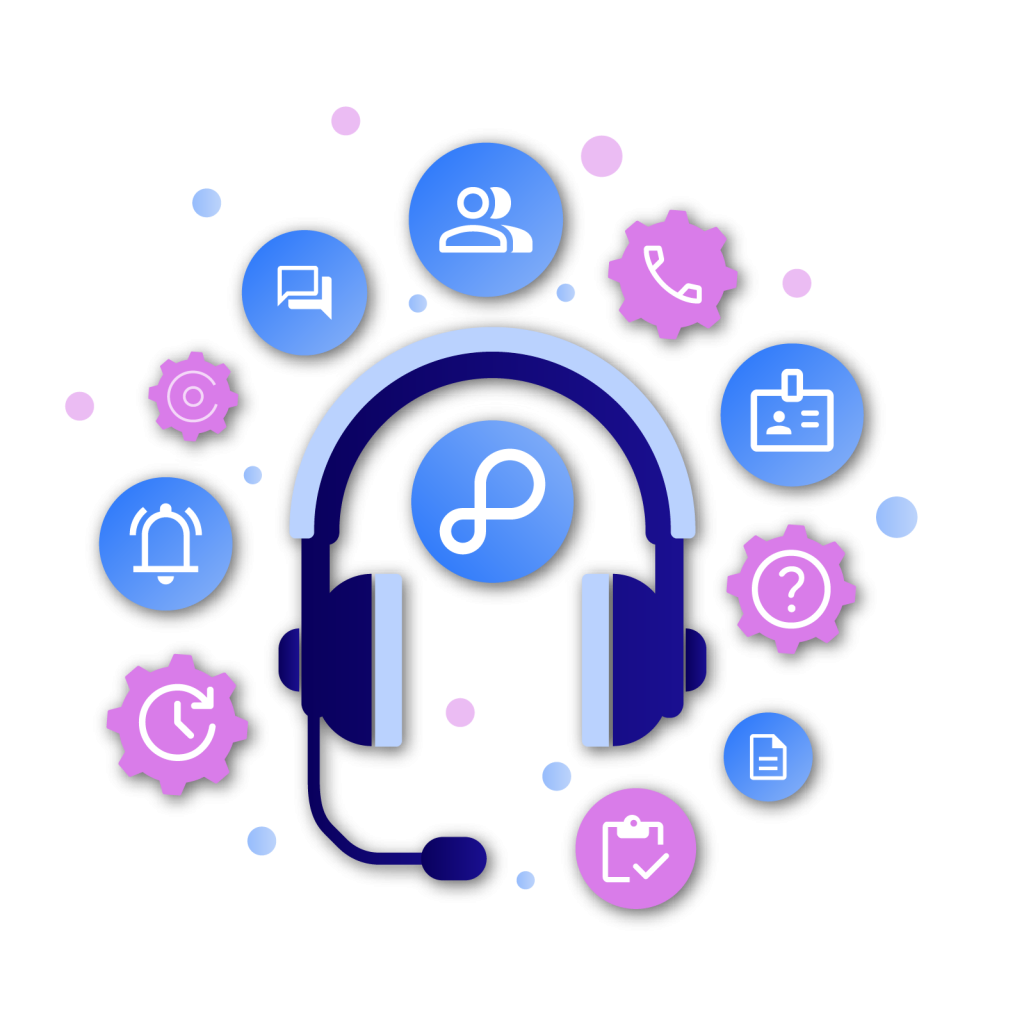
Got questions? We've got the answers
What is an Employee Performance Management System?
A performance management system (PMS) is a system that designs and tracks the performance of employees periodically and measurably. It allows the company to monitor and ensure that the employees and departments across the organization are aligned in working towards achieving all the common goals of the business. When employees are aligned with corporate goals, companies have a better chance of gaining success consistently. Modern PMSs also enable organizations to deliver on employee engagement & development.
Why is a proper Performance Management System important?
A PMS is crucial because it allows you to undergo a performance management process in a way that aligns individual employees’ performances with that of the organization. It not only measures it periodically but also delivers fair reviews about the progress. Besides, it makes tracking employee performance, identifying training requirements, and automating performance review reports easier.
The traditional methods of performance management systems heavily relied on the process of (at best) mid-year goal assessments and year-end performance reviews. Feedback is provided to employees only at the year-end and not regularly during the year. In contrast, with the modern PMS, one can evaluate performance periodically depending on their metrics of assessment. It can be monthly, bi-yearly, or quarterly and helpful in guiding employees to achieve their goals. You can even define an employee’s competencies and skills to track their development with the performance management system to achieve the targets.
Today’s working culture thrives on frequent constructive feedback and opportunities for growth. Modern workplaces need SMART Goals (S- Specific, M-Measurable, A- Achievable, R- Realistic, T- Time-bound) to contribute effectively to the organization’s goals. Regular measurement, frequent and constructive feedback, clear career development path, objective evaluation, etc. are some of the attributes essential in a modern performance management system. On the contrary, traditional PMS are annual, don’t provide alignment, and are perceived to be biased. However, 360-degree feedback from modern employee PMS helps you remove such irregularities to create an error-free workforce.
Pain points of your current Employee Performance Management?
The obsolete process that many companies still work with doesn’t appropriately adapt to or support the new generation of the working environment. Since the traditional methods of performance management tend to run on an annual basis, there is not enough interaction between the employees and their managers. This leads to an ineffective evaluation, which tends to bring in ‘latency’ and ‘recency’ effect. Thus, an organization needs an employee performance management system that highlights regular coaching, mentoring, and performance measurement between the employees and their managers.
So, before you begin your quest for searching for the best team performance management system, you need to identify the pain points in the existing system in your organization and try to solve them.
Here are some of the common pain points that managers face in a traditional employee performance management system:
- Inability to course correct: When performance reviews are conducted annually or semi-annually, employees don’t get timely feedback during the period and therefore are unable to course correct. The annual or semi-annual feedback loses most of their relevance in terms of the outcomes.
- Poor rating system: Many organizations do not have the right criteria or metrics to rate their employees’ performance and assess the achievement of their tasks. This typically leads to both the managers and the employees not to trust the ratings as it may not capture the parameters that actually define the performance.
- Inapt targets: Setting up the right targets & objectives is both science and art. They need to involve the right level of stretch, which should be achievable but not too easy. They should be challenging enough to get the best out of the employees as well as align with what the organization sets out to achieve. Often, the link between the individual effort and the company objectives gets diluted as the targets and metrics differ.
- Lack of transparency: Employees need to believe that the performance management system is fair to everyone and is based on fair rules applicable to everyone. Traditional systems suffer from many lacunae, which make them look opaque.
- Lack of engagement: Interacting with the personnel is an extremely powerful way to showcase the dynamic personality of a company. Lack of engagement results in low productivity in addition to other problems.
What process should one follow for effective PMS
There will be key investors, stakeholders, and decision-makers who should be a part of this process to ensure that you have considered all the problems they face with the existing performance management system.
What you can do is list out all the stakeholders by name, department, title, and their role in the decision-making process. Then, list the difficulties they face while managing employee performance activities. Make sure that there is a clear outline of what the new performance review software is expected to do by all these people, and reach a collective agreement on which problems need to be solved with the new system.
It is important to categorize these by ‘need-to-have’ and ‘nice-to-have’ features of the system. That will help you ensure which are the most critical aspects of the methods that should be included as no solution will be able to solve every challenge on a day-to-day basis.
Lastly, make sure that the business case for the new employee performance management system is drawn crystal clear. You’ll need to show that the problems you and other key people have laid out are affecting the actual performance of the employees. Include metrics to illustrate your points effectively so that you can get to choose the right performance management system.
What features should a Performance Management System offer?
A good performance management software should help measure employee performance and save time for the leadership to focus on organizational strength. In addition to enabling high degree of automation across the performance management process the tool should have the following broad capabilities:
- Intuitive interface for quick and high user adoption
- OKR goals setup with cascading for tight alignment
- Ability to align employee goals with larger organizational priorities
- Frequent performance reviews with focus on the outcomes and the efforts required
- Continuous feedback for timely course correction & facilitating conversations
- Objective & data driven assessments free of biases
- Dashboards & reports
- Being device agnostic for anytime & anywhere access
- Cloud based with high data security
Key Elements of An Effective Performance Management Software
- Accurate Data from Multiple Sources: A PMS should capture relevant, correct, and accurate data from multiple sources like managers, colleagues, senior management, customers, etc. to be more objective. The focus should be on collecting data that is in sync with the Objectives that are being measured by the organization.
- Employee Development: A successful performance management system should be focused on bringing about the overall development of an employee by setting clear goals, providing regular & timely feedback, and identifying the training needs for the employee. A platform with components like Feedback 360, OKR based Goals, Qualitative Snapshots will give the most objective data for effective performance management.
- Performance & Pay: An ideal performance management system should de-link performance management from compensation. While organizations use the Performance Management platform to arrive at annual appraisals and increments but this is means to an end not the end in itself. The objective of PMS is to measure, evaluate, and improve employee performance. Organizations should be fundamentally clear on this distinction. The performance management system should enable organizations to drive employee performance and employee’s career development. Usually, compensation is a by-product of this process. The performance reviews enable organizations to identify employees who are performing, are aligned with the organization, and have the potential to grow with the organization. A good PMS can also empowers the organization to effectively utilize components of Rewards and recognition to encourage the development of positive behavior in employees.
- Enable Better Performance: Performance Management System should not only measure the performance but also help in the improvement of employee (and hence the organization’s) performance. For example, an effective system facilitates real-time Manager/Employee conversations leading to timely course correction or support wherever required. Such frequent conversations ensure organizational goals are at the forefront.
- Coaching: A real-time and continuous feedback system allows breaking down the silos that exist between employee and manager and facilitate frequent conversations. Such frequent conversation ensures reduce friction and over some time these become more developmental and make line managers better people managers and take up the role of a coach for employee development.
What are the deciding factors to consider when investing in a Performance Management Software?
Today, an employee needs a platform on which they can receive constructive feedback on an ongoing basis to help them achieve their yearly goals. Their supervisors need to assess the tasks and provide regular feedback on how employees can improvise their work. An employee performance management system should have the ability to interpret the data submitted by the employee about their performance and also initiate interactive conversations between the employees and their supervisors whenever needed by either.
Additionally, an employee performance platform should contain the following elements at the least:
Basic Functions
- Set up team and individual goals
- Collect performance reviews
- Conveniently collect appraisal information
- Export performance data
- Inform managers about performers
- Adjust and manage goals
- Allow task feedback from managers
- Real-time progress updates
- Visual representation of goals progress
- Social collaboration elements
- 360 performance reviews and feedback
- Customizable review workflows
- Reporting capabilities
- Compensation planning tools or integrations
Because almost everyone in the organization would use the new system, you will need to ask yourself specific questions to evaluate before investing in an employee performance management system. So, make sure to consult the rest of your team and also consider taking advice from the other departments who will be affected by your purchasing decision.
Here are some of the deciding factors that you should consider:
Performance Database
This performance management system will be responsible for tracking and monitoring essential performance data of all the employees of your organization. Hence, you will need to know where the system and the data are being hosted and ensure that you can access it whenever you need and in whatever format you need.
Ask the following questions:
- What is the system hosted on, and is the data accessibility fast, reliable, and scalable?
- How is data exported, and can it integrate into other systems?
- What security measures does the system provide to protect employee data, and can role-based access be provided?
Software Flexibility
Every performance management process is a little different than others available in the market, and it can be challenging to really know if the one you choose can really accommodate all the unique features that your company needs. Hence, before you take a demo of their PMS, send an example of how your review report looks like and tell them to personalize it with your needs to see if they can do it to check their software’s flexibility.
Ask the following questions:
- Can I see how to program a review in your PMS?
- Can I create my own response scales?
- How does the system notify or remind employees that a review cycle is open? Can I make changes to those notifications?
- What does the review look like once it is completed? How can I format the data?
Training & Support
Beforehand training for the system is a must, but ongoing training also needs to be considered as new employees will keep joining the system after the system is set up. Is this something the system will provide through customer support, or does it have to be managed internally?
Ask the following questions:
- Do you have the budget, bandwidth, and resources to manage training internally, or do you need the system to provide ongoing training support?
- What level of training is required for the various roles within your organization, and does the system provide the level of granularity you need?
- What level of ongoing support will the vendor provide for implementing changes in the future?
Ease of Use
Most importantly, when you look for all these above features in a PMS, you also need to look for what kind of experience it provides to you, your organization, or your employees. Please ask the following questions:
- How user-friendly is it? Does it give a better user-experience than the rest?
- Is the customer support chat option human-based or AI-based?
- Does it have an easy-to-use user interface?
What Are the Benefits of Performance Management Program?
-
he right performance management software goes a long way in supporting an organization’s needs when it comes to crafting a more comprehensive, adaptive, and effective system. Here are the biggest benefits of the right performance management technology:
Employees Feel More Aligned with the Company Vision & Mission
With the right performance management platform, employees can add their own goals into the software aligned to organizational objectives, based on a discussion with management. Over time, they will be able to track their own progress vis-a-vis these goals through the software. Employees when are able to see the purpose and priorities of the organizations, this creates a feeling of oneness with the larger vision and mission of the company which goes a long way in building both loyalty and productivity.
Better Communication About Expectations
A continuous feedback mechanism enables employees to know exactly what is expected of them. It also tells them when they’re falling short and what they can do better. This makes performance assessment extremely measured and transparent. A modern PMS enables managers to become coaches rather than micro managing their employees.
Ability to Become Agile
Primary reason why Performance Management has a bad reputation is owing to its annual review frequency. Modern tech-based Performance Management systems allows businesses to enables shorter review periods like quarterly/monthly. This enables business to adapt and respond very quickly to dynamic business environment. The current Covid-19 crisis are an apt example to demonstrate the need for organizations to be agile.
Analytics to Reflect Real-time Performance of the Organization
People analytics gives C-suite executives an unprecedented insight into employee performance as a whole. It becomes easy to figure out where the gaps are and what steps need to be taken fast. For instance, if a team has a high turnover and low employee evaluation scores, there may be a need to retrain the leadership.
Frees Up Time for Strategic Thinking on Performance Management
The right performance management technology immediately takes care of all the administrative tasks associated with performance management. From feedback formats to alerts on review times, everything is taken care of by the software. This means that HR teams and senior leadership can focus more on improving the quality of performance management with strategic insights and innovative experiments.
Struggling with outdated performance systems?
